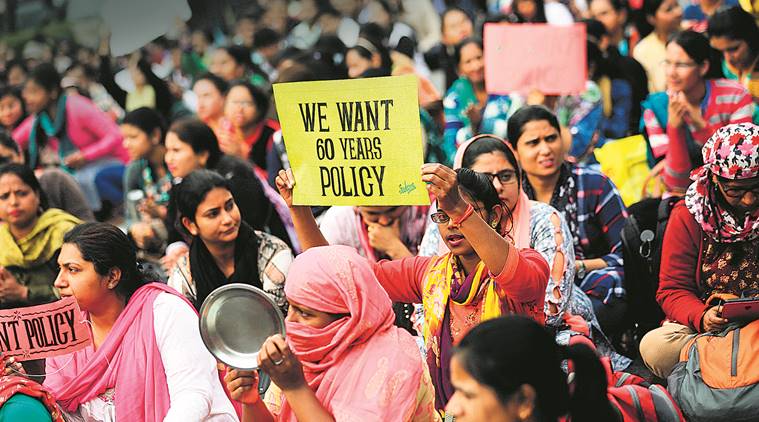

Then it acquired a rector who, ahead of his time, had a vision for UWC, which was to "create an institution in step with history". UWC was a sinkhole of higher education without research, scholarship and independent thought and was staffed largely by undistinguished white Afrikaner academics. Bundy found himself increasingly attracted to the nearby "bush college", the University of the Western Cape, designated for mixed-race students only. But this was five years before Nelson Mandela's release and the university was still 90% white. Suddenly, he says, "sitting here being an authority on South African politics seemed an artificial thing to do." He resigned from his job in Britain in 1985 and returned to South Africa to take up a chair in history at UCT. I encountered people doing things I thought were important".

After an 11-year absence from South Africa, he returned on a research trip and found there "an urgency and an intensity I would not have foregone for the world. But the facts speak for themselves.īundy grew up in South Africa and was educated at the universities of Natal and Wits before winning a Rhodes scholarship to Oxford at the same time as Bill Clinton, whom he remembers as being "very striking" and "more grown-up than many of his peers".īundy did a DPhil in the history of South African peasantry and then stayed on in Britain to teach at what was then Manchester Polytechnic and at Oxford. There is little in his understated, methodical account of the past decade of his life to reflect the vast divisions and ambitions he helped harness and channel. Bundy, 57, who has just taken up a new post as head of London University's School of Oriental and African Studies, comes across as a thoughtful, measured man. This is where Professor Colin Bundy found himself playing a pivotal role in this particularly turbulent period of his country's history.

Nor was the state in a position to allocate any extra resources to help the universities meet their new challenges, now that it had to share the cake equally among 40 million, instead of doling out the lion's share to 5 million. That is, they were educated to serve, not to think. And they had to do this without lowering academic standards, despite the fact that the majority of the black students now applying for entry had been subjected to bantu education, whose express purpose - as set out by the architect of apartheid, Hendrik Verwoerd - was to create "hewers of wood and drawers of water". The Oxford and Cambridge of South Africa are the University of the Witwatersrand in Johannesburg (Wits) and the University of Cape Town (UCT).Īfter 1994, they, along with the other white universities, had to rapidly transform themselves from bastions of white privilege (albeit with long and honourable traditions of liberal protest) into institutions of higher learning that reflected the demography of the entire population - which comprised 35 million black people and 5 million whites. Five times as much of the state budget was spent on each white student as on each African student three times as much on Indian students and those of mixed race. Until the first democratic elections in 1994, South Africa educated its youth to fulfil the roles assigned to them by a racist state: this meant world-class universities to produce future generations of the white ruling class and sinkhole, so-called bush colleges for non-white students. What is not so well known is the extraordinary upheaval this provoked in its racially categorised educational institutions - particularly its universities. South Africa, as everyone knows, underwent a complete transformation in the 1990s from white supremacist oligarchy to a multiracial democracy.


 0 kommentar(er)
0 kommentar(er)
